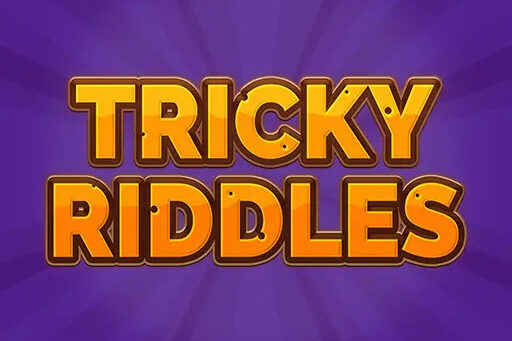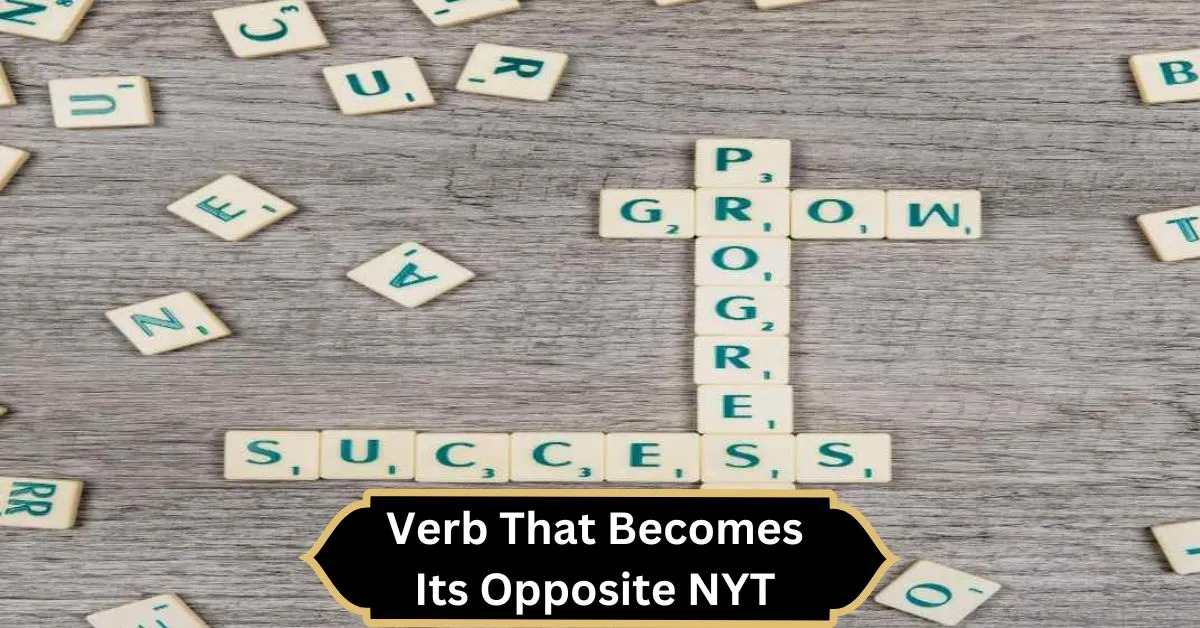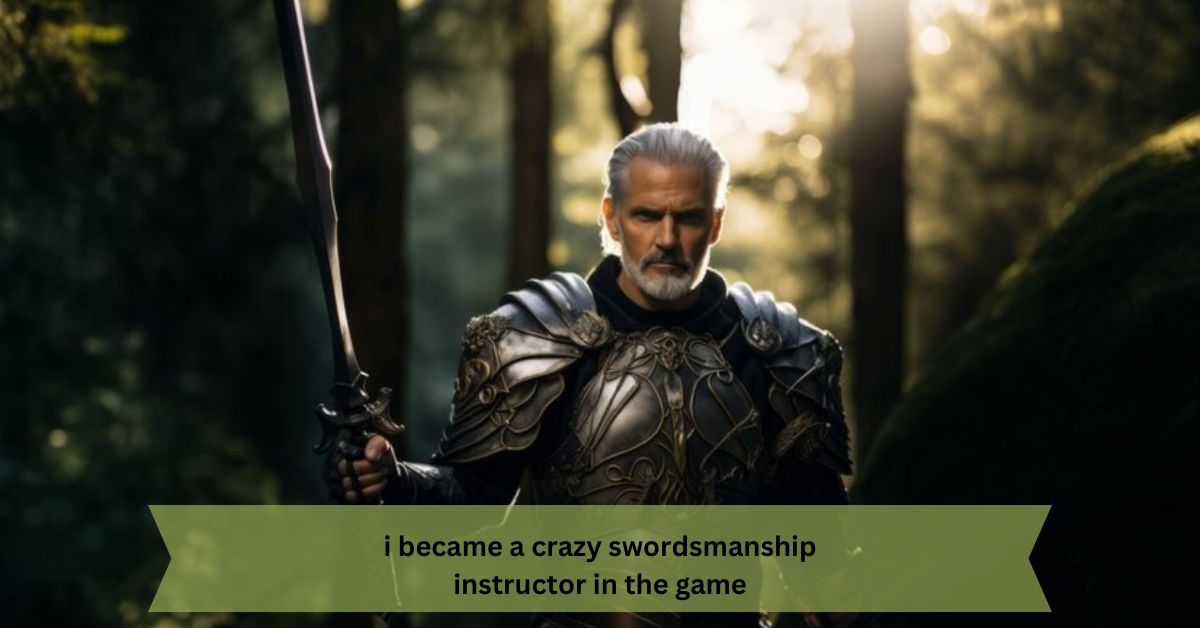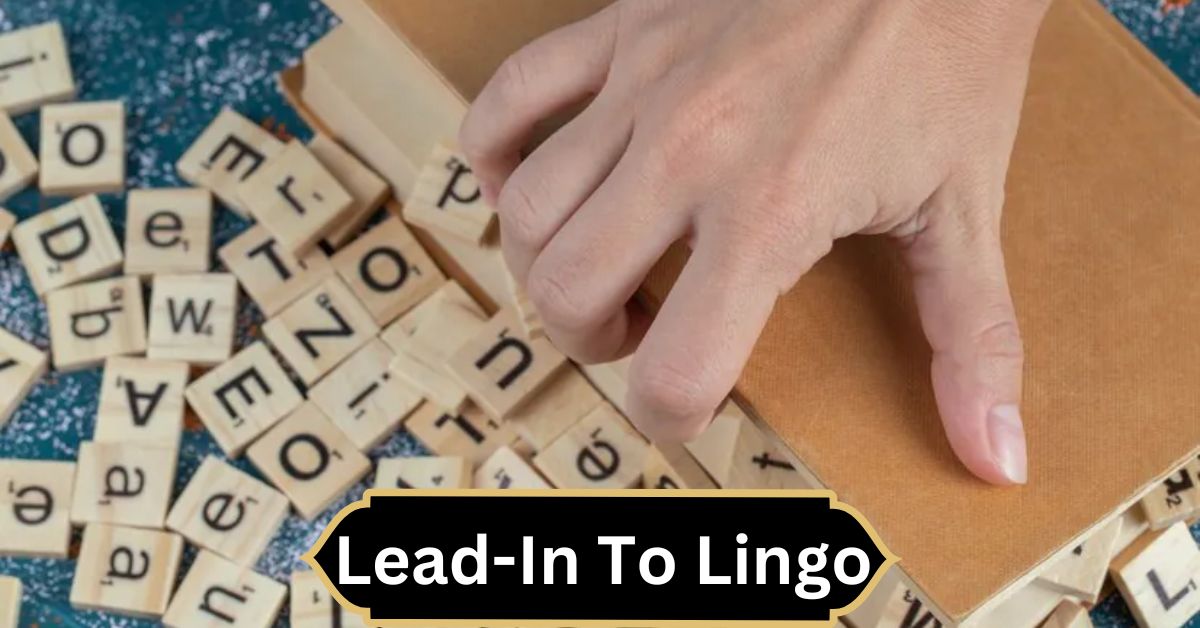Today’s Theme:
In today’s New York Times crossword puzzle, we explore the fascinating phenomenon of contronyms—verbs that become their opposites. These words, also known as auto-antonyms or Janus words, offer a unique challenge as they possess two contradictory meanings.
This theme not only highlights the richness of the English language but also makes for a captivating puzzle-solving experience.
For instance, the word “cleave” can mean both “to split apart” and “to cling together.” Such words make solvers think twice before filling in their answers, adding an extra layer of intrigue.
Tricky Clues:

The puzzle features a variety of tricky clues designed to test even the most seasoned crossword enthusiasts. One such clue might be “dust,” which can mean both “to remove dust” and “to sprinkle with dust.”
These dual-meaning words require solvers to carefully consider the context provided by the surrounding clues. This complexity is what makes today’s puzzle particularly engaging and challenging, pushing solvers to explore the depths of their vocabulary.
Editors’ Picks:
Our editors have highlighted some standout clues and answers from today’s puzzle. These picks are selected for their clever wordplay and the ingenious ways they incorporate the theme of contronyms. One example is the clue “left,” which can mean both “departed” and “remaining.”
These highlights are sure to enhance your appreciation of the puzzle’s craftsmanship and the thought process behind its construction.
Like a Firing Squad, but for Romantic Rejection:
One of today’s most thought-provoking clues draws a parallel between a firing squad and the process of romantic rejection. This metaphorical clue captures the emotional intensity of both scenarios, prompting solvers to think beyond the literal meanings of words.
It’s an excellent example of how crossword clues can evoke vivid imagery and emotional resonance, making the solving experience more enriching.
‘The Bear’ Gets a Glow Up. Is That a Good Thing?
In today’s puzzle, you’ll find references to contemporary cultural phenomena, such as the TV show “The Bear.” The show, known for its gritty realism, has recently undergone a transformation, sparking debates about whether this change is for the better.
The puzzle cleverly weaves in these timely topics, making it not only a test of vocabulary but also a reflection of current cultural trends. This inclusion keeps the puzzle relevant and engaging, appealing to a wide audience.
How to Choose the Right Tour Group:
Adding a practical twist, today’s puzzle also offers advice on choosing the right tour group. This clue might guide you through considerations like group size, tour focus, and the importance of reading reviews.
Such practical hints within the puzzle make it a multifaceted experience, providing both entertainment and useful information.
Also read: Buster Murdaugh Wedding – A New Chapter!
Constructor Notes:
The constructor of today’s puzzle shares insights into the creative process behind crafting a crossword centered on contronyms. These notes reveal the challenges of selecting words that fit the theme while ensuring the puzzle remains solvable and enjoyable.
Understanding the thought process behind the puzzle’s creation can deepen your appreciation for the art of crossword construction and the skill involved in balancing difficulty with fun.
Join Our Other Game Discussions:
Beyond crosswords, The New York Times offers a plethora of game discussions where you can connect with fellow enthusiasts. These forums are perfect for sharing strategies, solving tips, and enjoying a sense of community.
Whether you’re into crosswords, Sudoku, or other puzzles, there’s a discussion group waiting for you to join and enhance your gaming skills.
Improve Your Crossword Solving:
For those looking to improve their crossword-solving abilities, today’s edition includes valuable tips and tricks. Learn about common solving strategies, like starting with the easiest clues or focusing on fill-in-the-blank answers.
Discover the importance of recognizing word patterns and understanding common crossword tropes. These tips will help you become a more efficient and effective solver, boosting your confidence and enjoyment.
Want to Submit Crosswords to The New York Times?
Aspiring crossword constructors are in for a treat with today’s guidelines on submitting puzzles to The New York Times. The process involves crafting a well-balanced grid, creating engaging clues, and adhering to the publication’s standards.
With these tips, you can turn your passion for puzzles into a creative endeavor and potentially see your work published.
Losing Steam?

If you find yourself losing steam halfway through the puzzle, don’t worry! Today’s edition offers motivational tips to keep you focused and energized. Take short breaks, revisit challenging clues with a fresh perspective, and don’t hesitate to use a thesaurus or dictionary. These strategies will help you maintain your momentum and complete the puzzle with satisfaction.
It’s Game Time!
Today’s puzzle emphasizes that it’s game time! Dive into the challenge with enthusiasm, embrace the theme of contronyms, and enjoy the mental workout. The combination of clever clues, cultural references, and practical advice makes for a fulfilling and stimulating experience. Approach each clue with curiosity and let the puzzle guide you through a journey of discovery.
Take Your Puzzling Skills in New Directions:
Lastly, today’s edition encourages you to take your puzzling skills in new directions. Explore different types of puzzles, such as cryptic crosswords, logic puzzles, or word searches. Experiment with new solving techniques and broaden your horizons.
The world of puzzles is vast and filled with endless opportunities for growth and enjoyment. Embrace the challenge and continue honing your skills.
FAQ’s:
1. What is a contronym?
A contronym is a word with two opposite meanings, such as “cleave,” which means both “to split apart” and “to cling together.”
2. What makes today’s crossword puzzle unique?
Today’s crossword puzzle features contronyms, adding an extra layer of complexity and intrigue by using words that have contradictory meanings.
3. Can you give an example of a tricky clue from today’s puzzle?
One tricky clue is “dust,” which can mean both “to remove dust” and “to sprinkle with dust.”
4. How does the puzzle incorporate cultural references?
The puzzle includes references to current cultural phenomena like the TV show “The Bear,” making it relevant and engaging for solvers.
5. What tips are provided for improving crossword-solving skills?
Today’s edition includes tips such as starting with the easiest clues, recognizing word patterns, and understanding common crossword tropes to improve solving efficiency.
Conclusion:
Today’s New York Times crossword puzzle is a delightful challenge featuring contronyms—verbs that become their opposites. These words not only highlight the richness of the English language but also provide a unique and engaging puzzle-solving experience. With clever clues, cultural references, and practical advice, this puzzle is sure to captivate and entertain solvers. Embrace the theme, enjoy the mental workout, and take your puzzling skills to new heights!
Related Post:



